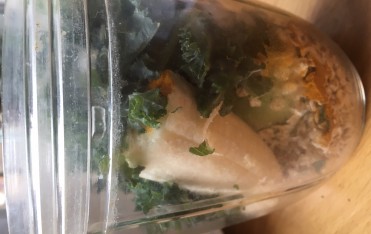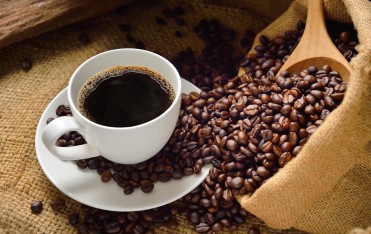Fibre is essential in our diet, but we don’t hear as much about it as fats, carbs etc. So, here’s little insight..
What is fibre?
Fibre is a type of carbohydrate found in all types of plant-based foods. But unlike other complex carbohydrate, it’s not easily broken down by our digestive systems and most of it passes through our bodies unchanged. There are two types of fibre – soluble and insoluble. Insoluble fibre, also known as roughage or dietary fibre, is indigestible, whereas soluble fibre is broken down by bacteria in the large bowel. Both types of fibre are beneficial to health.
Which foods contain fibre?
All plant-based foods contain fibre in varying amounts.
Good sources of insoluble fibre include:
• wholegrains and bran
• brown rice
• fruit and vegetables
• nuts and seeds (except golden linseeds)
Good sources of soluble fibre include:
• pluses: peas, beans, chickpeas and lentils
• root vegetables, such as carrots and potatoes
• oats
• golden linseeds
So, why do we need it?
Fibre is essential for gut health and there are many health benefits:
• Cholesterol & Heart Disease – evidence shows fibre helps lower total cholesterol in the blood and reduces the risk of heart attack and death from heart disease
• Blood sugar & Diabetes – fibre in the gut slows nutrient absorption by the blood so maintaining more constant blood sugar levels and reducing insulin spikes – this can hep reduce the risk of diabetes
• Constipation – fibre adds bulk to stool and absorbs water, so increasing the speed and ease of passing waste
• Weight control – fibre in the stomach helps makes us feel full (and for longer), so helping to control appetite. Plus fibre has fewer calories than other carbs.
How else does insoluble fibre benefit me?
It helps prevent various bowel problems, such as:
• Diverticular disease (when the bowel wall becomes inflamed)
• Bowel cancer (though it may simply be that people who eat lots of fibre generally have a healthier diet, thereby reducing risk).
How much fibre do I need?
The recommended intake of fibre for adults is 18g a day (though most of the UK population only takes in about two third of this).
How much fibre is in our food?
Below are a few examples of the amount of fibre in some common foods:
• Half a tin of baked beans – 7g
• Bowl muesli – 4g
• Handful dried figs – 4g
• Bowl muesli – 4g
• Small baked potato – 3g
• Slice of wholemeal bread – 2 to 3g (white bread contains less than half this)
• Medium apple (skin on) – 2g
How can I easily increase my fibre intake?
Increase fibre intake gradually to avoid wind and bloating:
Choose wholegrain bread, rice and pasta, rather than white
• Replace fruit/vegetable juice with whole fruit/veg
• Eat more pulses – they’re a very healthy, cheap, alternative to meat, high in protein and low in fat.
• Snack on dried and fresh fruit, nuts, seeds, and raw vegetables
We know good fluid intake is essential – aim to drink c. 1.2 litres per day (more when exercising and in hot conditions). And if you’re increasing your fibre intake, make sure you up your water, as fibre absorbs fluid in the gut.



